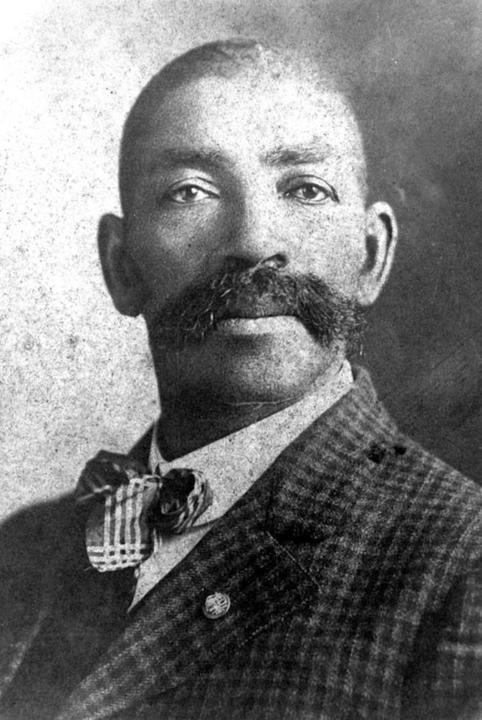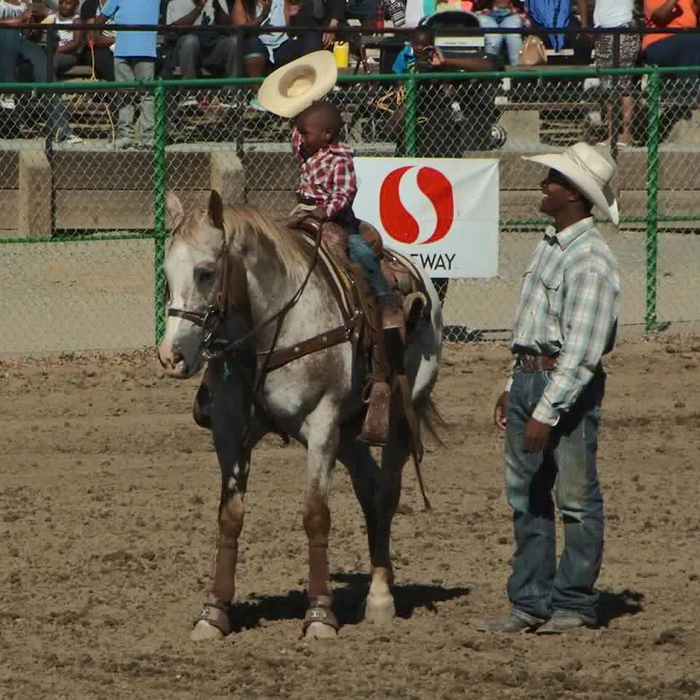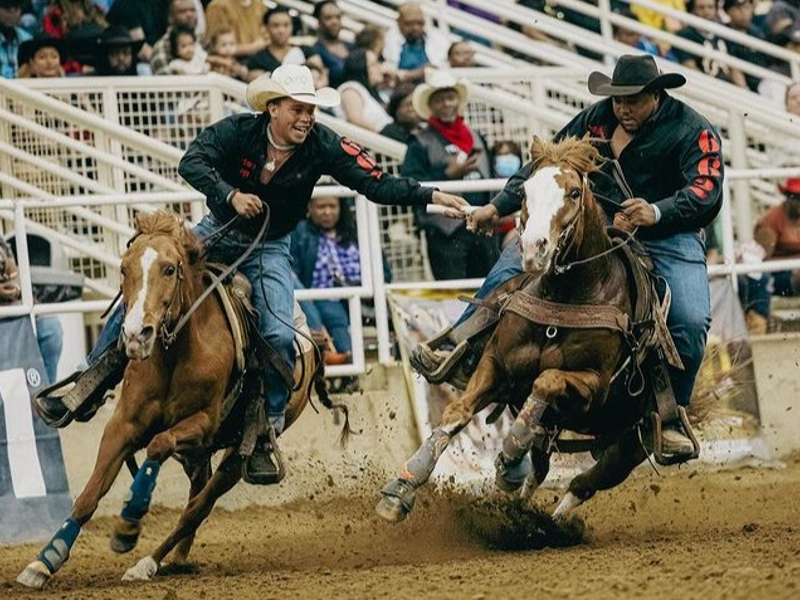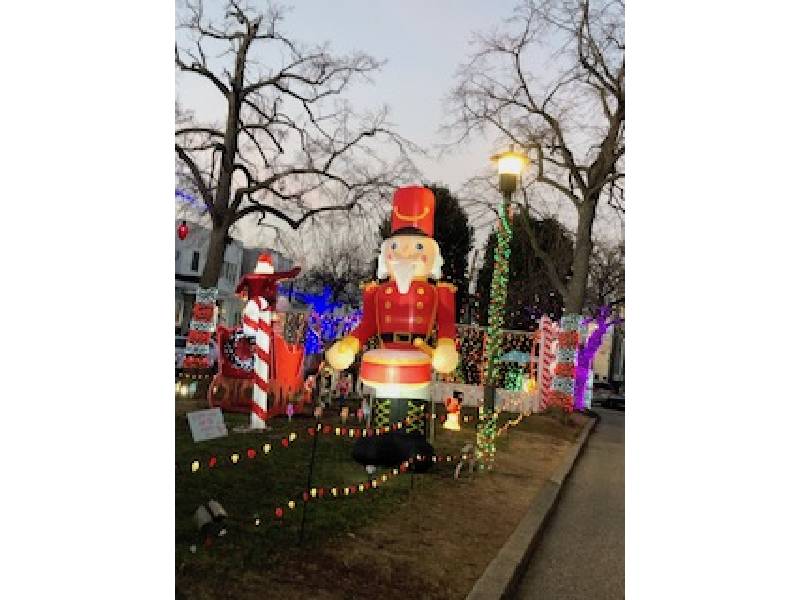Image: Instagram | marcus.c93 via Bill Pickett Invitational Rodeo
The image of the American cowboy has long been entrenched in popular culture as a symbol of rugged individualism, bravery, and freedom. However, this image has been predominantly whitewashed, omitting the rich history and contributions of Black cowboys and cowgirls who played a significant role in shaping the American West. For nearly 200 years, their stories have been suppressed, but today, a resurgence of Black rodeo culture is beginning to shine, bringing long-overdue recognition to these trailblazers.
The Historical Roots of Black Cowboys
Contrary to the popular narrative, the history of the American West is not solely the story of white settlers. Historians estimate that 20% to 25% of the people who settled in the continental U.S. West were Black men and women. These individuals moved cattle on horseback, occupied towns, maintained law and order, and delivered mail in what was often harsh and unforgiving.
The contributions of Black cowboys like Bill Pickett, who invented rodeo steer wrestling, and Bass Reeves, a legendary lawman, were pivotal in developing the West. Yet, their stories have been overshadowed by a white-centric narrative that has dominated American cinema and history books for generations. This erasure is part of a broader pattern of historical suppression that has marginalized the achievements of Black Americans across various fields.

Portait of Bill Pickett. Photographer unknown. one source states, “courtesy North Fort Worth Historical Society”, Public domain, via Wikimedia Commons
The Suppression of Black Cowboy Culture
The invisibility of Black cowboys in mainstream culture is not coincidental. As Art T. Burton, a Western historian, notes, the early 20th century saw a peak in racism in the United States, resulting in the systematic erasure of Black achievements. This whitewashing extended to Hollywood, where the Western genre became a staple, perpetuating the myth of the white cowboy hero while relegating Black characters to subservient or stereotypical roles.
When Black individuals were included in early Westerns, they were often portrayed in demeaning, stereotypical roles as childlike servants or silent laborers. Few exceptions existed, such as Bill Pickett and Herb Jeffries, the “Sepia Singing Cowboy,” who starred in Black Westerns during the 1930s. However, it wasn’t until the 1960s that Black actors like Sidney Poitier began to break through into major Western films.
One of the most egregious examples of this suppression is the story of Bass Reeves, a Black lawman who served as a deputy U.S. marshal for 32 years. Reeves, who captured over 3,000 criminals during his career, is believed to have inspired the iconic character of the Lone Ranger. Yet, his story was largely unknown to the public until recent years.

U.S. Marshal Bass Reeves. See page for author, Public domain, via Wikimedia Commons
The Resurgence of Black Rodeo Culture
In recent years, a cultural awakening has brought Black cowboy culture back into the spotlight. This resurgence can be seen in the rise of community equestrian clubs like the Compton Cowboys and Chicago’s Broken Arrow Horseback Riding Club and the growing popularity of Black rodeos like the Bill Pickett Invitational Rodeo.
Founded in 1984, the Bill Pickett Invitational Rodeo has traveled across the U.S., showcasing the talents of Black cowboys and cowgirls. The rodeo, named after the legendary cowboy Bill Pickett, has played a crucial role in preserving and promoting Black cowboy culture. In 2021, the rodeo experienced a surge in ticket demand after it aired on national television, coinciding with the recognition of Juneteenth as a national holiday.
The visibility of modern Black cowboys and cowgirls has also been bolstered by high-profile cultural moments. Beyoncé’s embrace of equestrian symbols in her “Cowboy Carter” album cover, Lil Nas X’s viral hit “Old Town Road,” and the rise of the “Yeehaw Agenda” on social media have all contributed to a renewed interest in Black cowboy culture. Films like “Concrete Cowboy” (2020), “The Harder They Fall” (2021), and “Nope” (2022) have also brought diverse Black equestrians to the big screen, challenging the traditional portrayal of the American West.
The Cultural Impact of Black Cowboy Culture
The resurgence of Black cowboy culture is not just about reclaiming a forgotten history but also about expanding Black youth’s horizons and challenging societal stereotypes. Randy Savvy, the spokesperson for the Compton Cowboys, emphasizes the importance of representation, stating that seeing Black cowboys opens the minds of young people who may have only been exposed to narrow, negative images of Black identity.
For many Black youth, the image of the cowboy represents something more than just a historical figure. It embodies values of respect, honesty, and a strong work ethic. Programs like Camp Gid D Up, founded by actor Glynn Turman, teach horse skills and values to urban kids, providing them with a positive outlet and a connection to a proud legacy.
The cultural impact of this resurgence is also evident in the ways Black cowboys and cowgirls are now celebrated. The Bill Pickett Invitational Rodeo, for example, not only entertains but also educates its audience about the history of Black cowboys and the Buffalo Soldiers. As Margo LaDrew, the rodeo’s national director of business development, notes, the joy on children’s faces when they see Black cowboys roping and riding is a powerful reminder of the importance of representation.

Facebook | Bill Pickett Invitational Rodeo
A Future Shaped by Recognition
Recognizing the resilience and perseverance of the Black cowboy culture is essential. Despite facing suppression for decades, modern-day cowboys and cowgirls, such as the Compton Cowboys and the Bill Pickett Invitational Rodeo participants, have kept this legacy alive. The story of the Black cowboy is one of strength, determination, and a deep connection to the land and animals. It’s time for them to be recognized as central figures in the story of the American West rather than just a footnote in American history. The resurgence of Black rodeo culture represents a powerful movement reclaiming a significant part of American history. As these modern-day cowboys and cowgirls take the spotlight, their stories are finally being told, and their contributions are acknowledged. It’s time for Black rodeo culture to take its rightful place in the narrative of the American West, where it has always belonged.

Anand Subramanian is a freelance photographer and content writer based out of Tamil Nadu, India. Having a background in Engineering always made him curious about life on the other side of the spectrum. He leapt forward towards the Photography life and never looked back. Specializing in Documentary and Portrait photography gave him an up-close and personal view into the complexities of human beings and those experiences helped him branch out from visual to words. Today he is mentoring passionate photographers and writing about the different dimensions of the art world.





